Partnerships play bridge, and hopefully well – but that’s not the only thing expected of the modern bridge pair. Compromise is key, and you’ll hear that from many partnerships who have been together for longer than just one game.
If you don’t learn to compromise (that is, meet in the middle), your partnership is mixing together as well as oil and water. It isn’t.
As a last point before the post, compromise in a partnership is about talking – and sometimes, about being the one to cave in. How can you solve this problem together? It should be the first question for any partnership who hopes to be successful.
Here are 5 compromises for the modern bridge partnership.
1. Basic fees
Basic fees are a common point-of-argument for too many bridge partnerships in the world. Discuss who pays for what, and discuss how the costs get split between the partnership. It should be clear, or you’re going to end up with an uneven account on one side.
2. Unexpected expenses
Unexpected expenses describes anything that aren’t fees, but still have to be paid for to play bridge. This can be a diverse list of things, from publication subscription fees to smartphone repairs or hotel costs that involve a bridge game.
Who covers unexpected expenses like these, or is there a partnership account meant for it?
Discuss, and compromise where you need to.
3. Playing schedules
Playing schedules dictate when practice happens, and when games take place. A partnership has to be on the same page about this, or you’ll have more than a couple of disagreements arise during your time as a bridge team.
Discuss your schedules often, and know when you’ll get together to play or rehearse your game. Compromise from either side (at some point) is likely.
Basic scheduling software (such as Google, Basecamp, or Trello) is a good idea for keeping track. Tasks, deadlines, reminders, and files can all be kept in the same place – and shared through browser-or-app when necessary.
4. Bidding approaches
One of the most common things bridge teams can disagree on is their preferred conventions at the table. It’s more likely if both are different skill-levels, different ages, or different schools of bridge teaching – and it happens all the time.
Which conventions are preferred by your partner, or by you?
How are you going to choose your recognized conventions?
As a team, of course. If you don’t, good luck figuring out what your partner is trying to tell you (or the other way around).
5. Bridge outfits
Once a partnership has discussed their fees, schedules, and their bidding, what’s left to compromise on?
Outfits.
I’ve seen some bridge partnerships show up to a game having clearly disagreed about what to wear. It’s sometimes very obvious – and might be something to talk about before the game itself.
